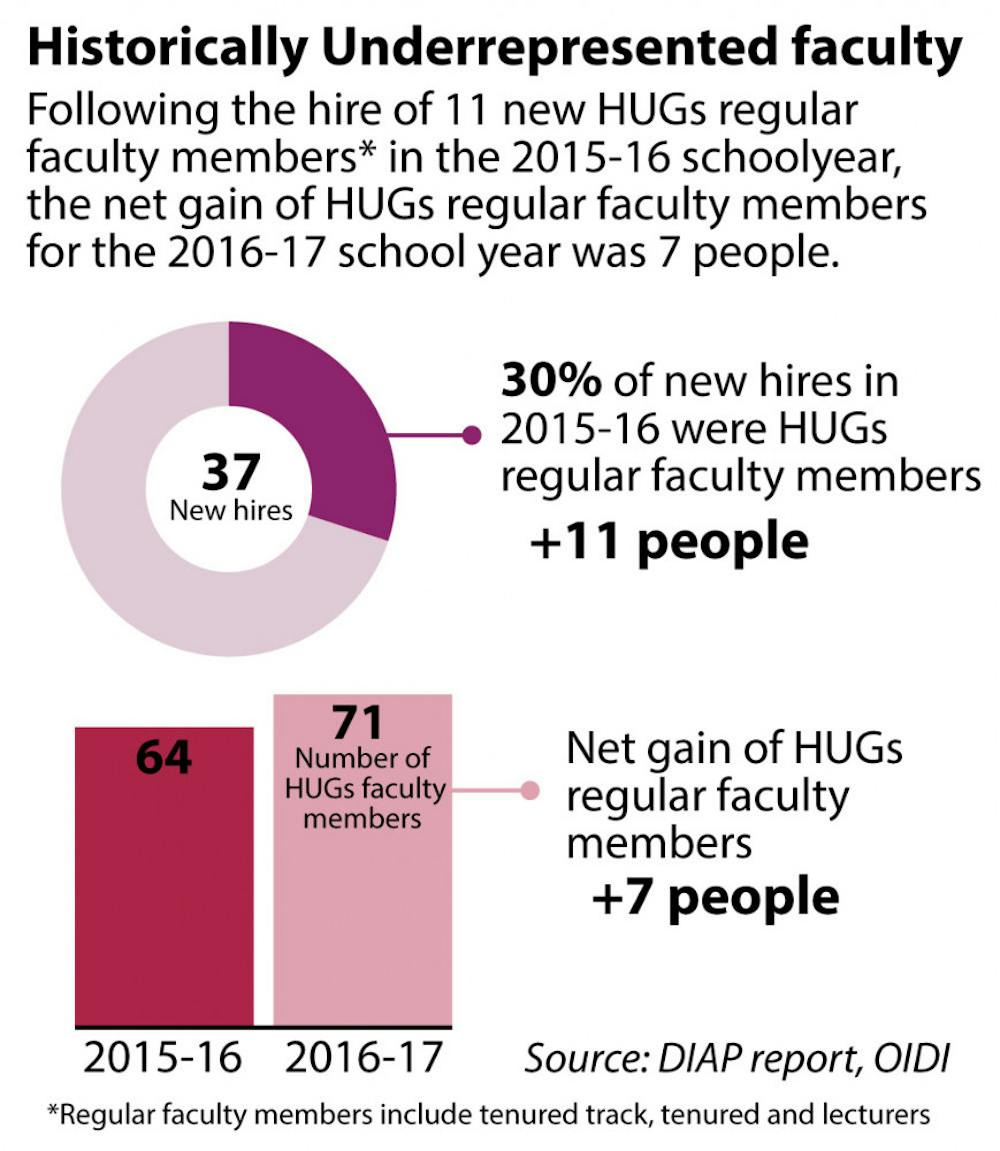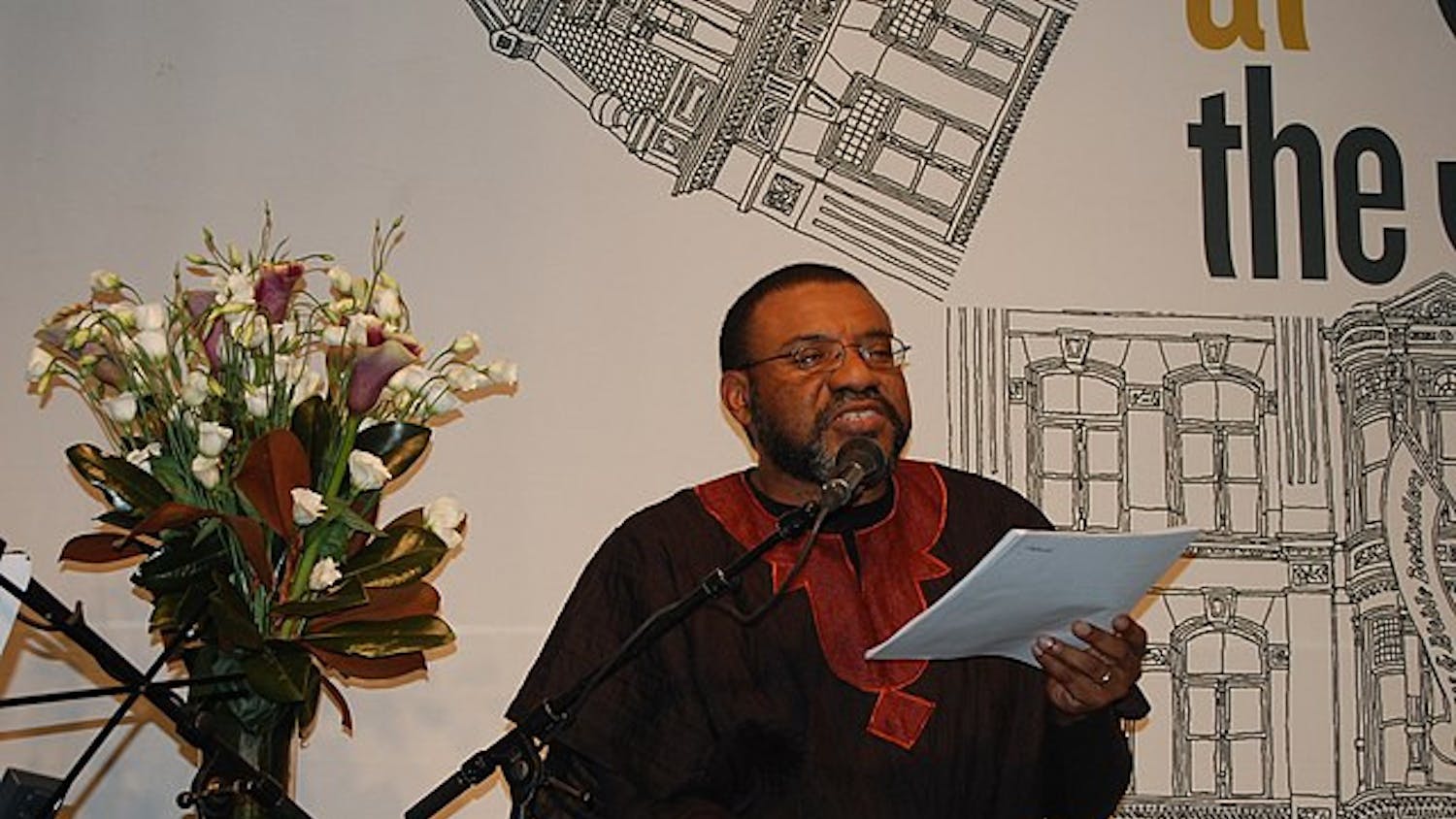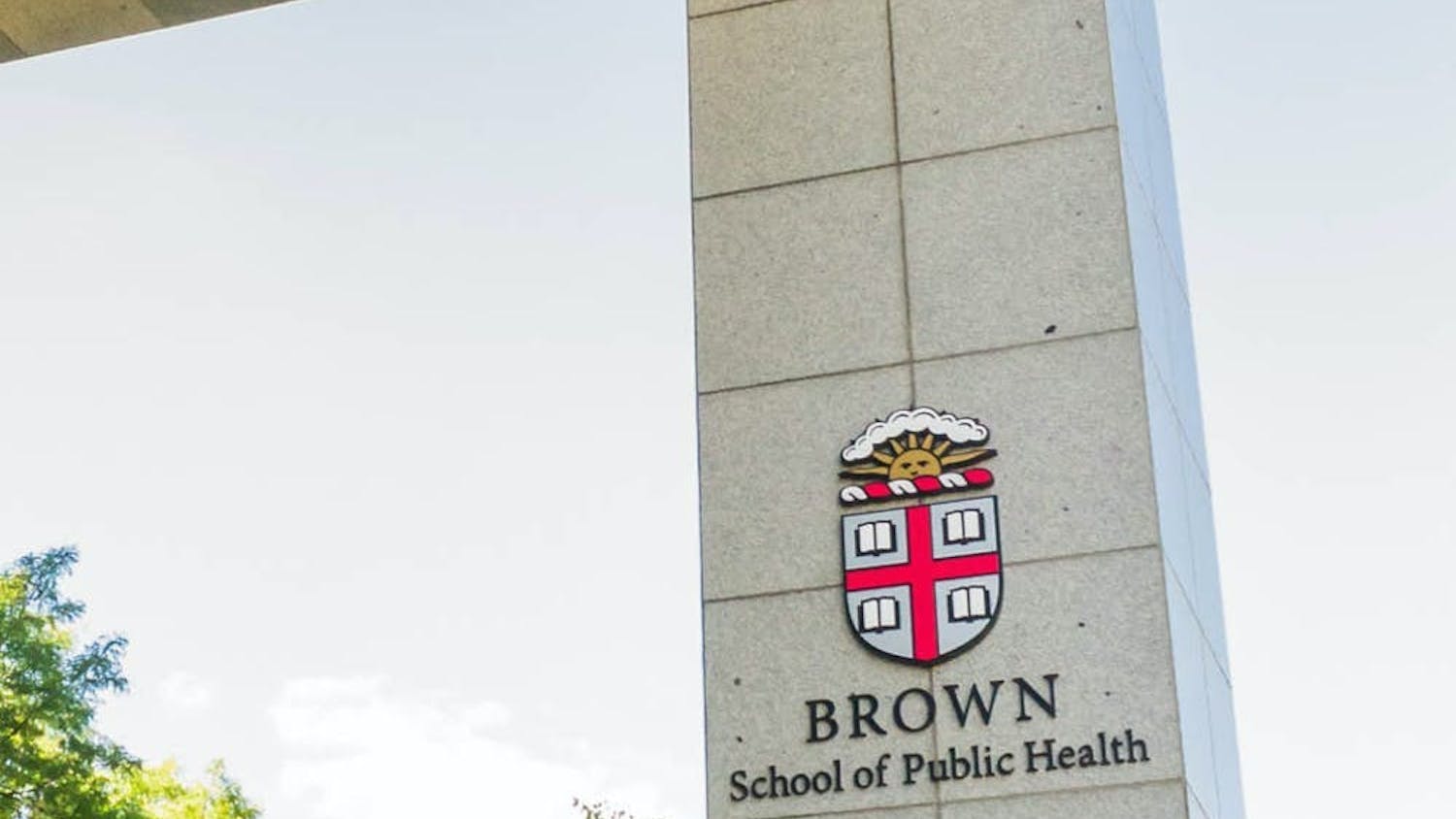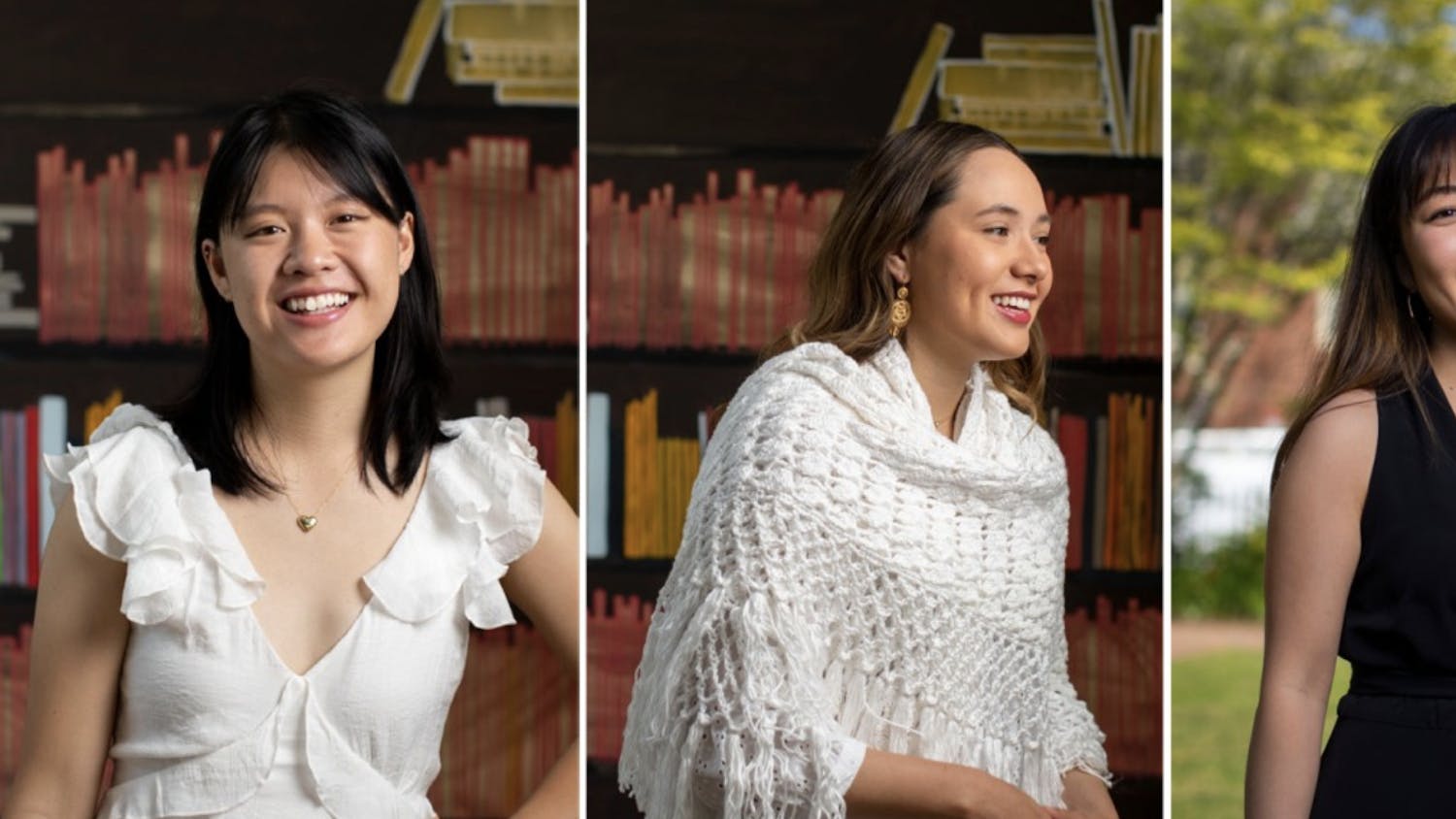The University released its first annual Diversity and Inclusion Action Plan report Thursday, discussing its progress on diversity and inclusion initiatives, Liza Cariaga-Lo, vice president for academic development, diversity and inclusion, announced in a community-wide email. Total spending for the DIAP for fiscal year 2018 amounts to $5.2 million, which comes in addition to a one-time $3.35 million investment.
“Areas of success include a sharp increase in the proportion of newly hired faculty from historically underrepresented groups and an increase in the diversity in the pool of applicants to our graduate programs,” wrote President Christina Paxson P’19 in a letter to members of the Brown community.
One of the DIAP’s goals is to double the number of faculty members and graduate students from HUGs by the 2022 academic year, representing an increase of at least 60 faculty members. In the 2015-16 academic year, the University hired 11 regular faculty members from HUGs, according to the report. Two of 12 scholars who arrived at Brown through the Presidential Diversity Postdoctoral Fellowship Program in the 2015-16 academic year have accepted tenure-track positions as well. In addition, Brown won a $1.5 million Mellon Foundation grant which will support diverse postdocs who enter the tenure track. These 11 HUG faculty members comprised about a third of the total hired regular faculty members — those who are tenured, on a tenure track or in lecture positions.
But in the 2016-17 academic year, the net increase of HUGs faculty members was seven people, according to the Office of Institutional Research’s website. The percentage of HUGs faculty remained flat between the 2015-16 and 2016-17 academic years at 9 percent. But the number of faculty from HUGs increased by 1 percent from the 2014-15 to 2015-16 academic year.
“Diversification of the staff workforce at all levels and across all job types remains a top priority” for the University, according to the report. This includes mentorship and support for staff members from HUGs and creating hiring guidelines and outreach efforts to recruit staff members from HUGs, especially for higher pay grade levels. The University also implemented its pilot professional development workshops for administrative fellows in January 2017.
The graduate school is far from the DIAP’s goal of doubling the number of students from HUGs by 2022, according to the report. The percentage of graduate students from HUGs has remained around 9 percent between 2012 and 2015, according to the report. In 2015, the proportion of medical students from HUGs dipped slightly, especially for African American males.
Early decision statistics for the class of 2021 were also highlighted in the report. For example, 13 percent of early admits are first-generation students, of whom 50 percent are from HUGs.
Members of the Diversity and Inclusion Oversight Board, which is charged with overseeing the implementation of the DIAP, wrote suggestions emphasizing the need for better data in a memo addressed to Paxson and Provost Richard Locke. The memo was signed by 14 members of the DIOB that include faculty members, staff members and students. Members of the DIOB will be reappointed on a yearly basis “given that the board cannot represent the full diversity of the University in any one year,” Paxson wrote.
Possible areas of improvement include expanding Counseling and Psychological Services resources and support for untenured faculty members and graduate students from HUGs. The authors also recommended conducting a survey on campus accessibility. “Disability is a major blind spot,” the authors wrote. They addressed the need for greater unity amongst departmental DIAPs and a more consistent definition of HUGs.
The Corporation committee on Diversity and Inclusion stressed the need for “broad participation in the creation of departmental DIAPs,” Paxson wrote.
Concerns that faculty members from HUGs within their respective departments bear the brunt of diversity and inclusion efforts have been raised during the creation of the DDIAPs. One way the University is attempting to increase community participation in diversity and inclusion efforts is through the undergraduate curriculum.
The DIAP aims to double the offerings of first-year and sophomore seminars centered around topics like “power, privilege, inequality and social justice.” According to the report’s findings, the University managed to increase the number of offered Diverse Perspectives in Liberal Learning seminars in both class years. In the 2015-16 academic year, 13 percent of first-year seminar courses bore a DPLL designation while 29 percent of sophomore seminars were labeled DPLL. However, for the 2016-2017 academic year, 21 percent of FYS courses and 50 percent of sophomore seminars were listed as DPLL.
The University has hosted talks this year to help students “become more knowledgeable about social justice issues … (and) through the curriculum you can have a formal way (of doing that),” said Arely Diaz ’17. “I thought that the (inclusion) of curriculum was very important.”
The report also made mention of the opening of the First-Generation and Low-Income Student Center in September 2016 and the search for its director, which is currently underway.
The center, which is located on the fifth floor of the Sciences Library, contains “two to three offices … and (the students) also have to share that space with classes … or other students that come to study that might not identify as first-gen or low-income,” Diaz said. “While it is progress, it definitely is not enough. … If you start accepting more students that are first-gen, low-income, as (University administrators) claim they are doing, … that means needing more space and needing more resources.”
Diaz also noted that while the report mentioned supporting undocumented students, it made no mention of how that support would continue into the future. “That’s kind of worrying … that makes me think that there isn’t going to be any support.”
“The entire report is a way to hold the university accountable, … and, even though there are a few holes,” it’s still progress, she added.
“In year one, I think the University made significant but very early progress,” said Brain Clark, director of news and editorial development. Though “there’s a tremendous amount of work to be done in the years ahead.”
Correction: A previous version of this article stated that "two of the 12 scholars who arrived at Brown through the Presidential Diversity Postdoctoral Fellowship Program in the 2015-16 academic year have accepted tenure positions as well." In fact, they have accepted tenure-track positions, not tenure positions. The Herald regrets the error.





